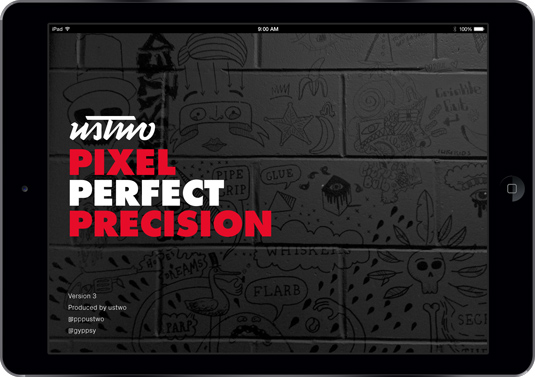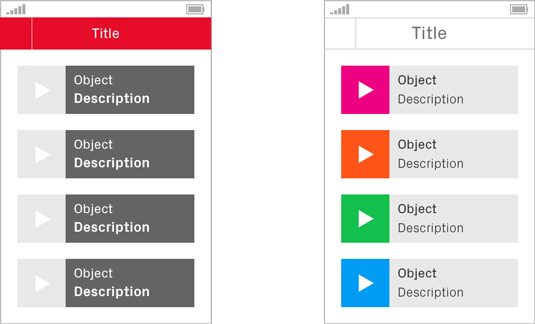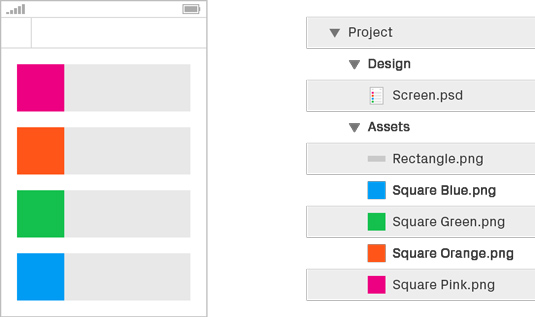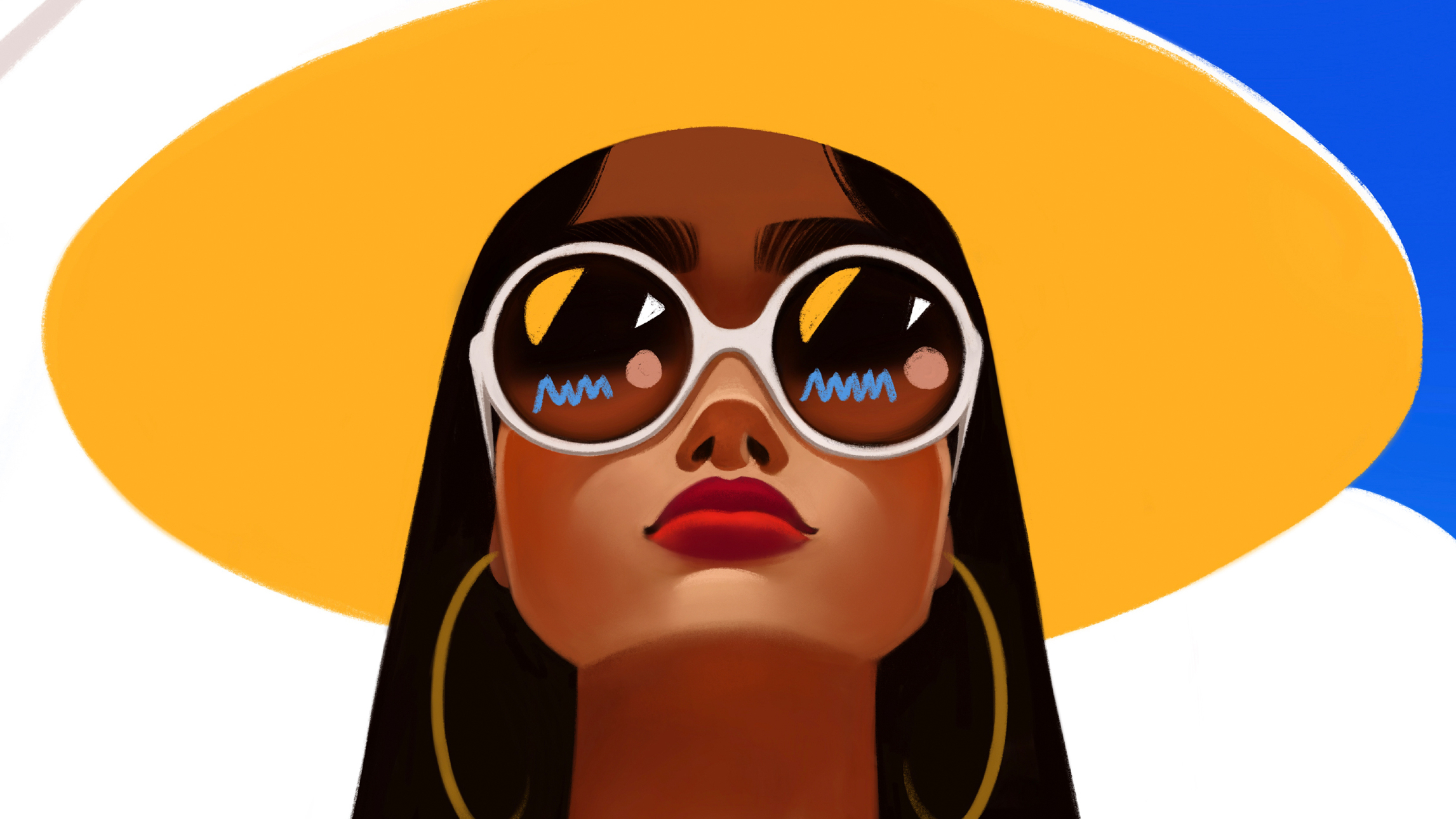Free book: the designer's guide to becoming pixel perfect
Design agency ustwo announces its latest Pixel Perfect Precision Handbook, which is available to download now for free.

The Pixel Perfect Precision (PPP) Handbook from leading digital design agency ustwo has come a long way since it was first released four years ago. What started as 108-page simple guide to best practise with pixels and Photoshop, has grown into PPP3 - a whopping 214-page designer bible.
As the ustwo team releases PPP3 today, we caught up with its creator and ustwo lead visual designer Matt Gypps aka Gyppsy to find out more.
Congratulations on PPP3! What inspired its creation in the first place?
Thanks! The original PPP was born out of necessity really. Back in those days I'd receive an email every couple of weeks asking how to set up colour profiles so that there were no colour shifts when saving out of Photoshop. After forwarding the original explanation mail a few times, I figured that the info should be put in a PDF to save time.
As I started to create it, there were a few other things that I had to keep pointing out to people - pixel precision things, like blurred object edges, misalignment etc - so included those as well. It ended up being quite therapeutic, getting all these little annoyances down on paper, and ultimately showing the solution.
What was the main feedback from the second version? And have you implemented much of it in this iteration?
The feedback we had from v2 has been so positive that the general theme seems to be "keep up the good work". So that's exactly what's been done.

Aside from the new Design and Development chapter, what areas have been expanded upon?
The other extra content is pretty evenly split between Pixel Perfect Principles, Accessibility, and the Photoshop chapters in the handbook. The allocation of the new content is based purely on new things that I learn, or, as with much of the Photoshop chapter, new features which Adobe introduce.
The allocation of the new content is based purely on things that I learn, or, new features which Adobe introduce
The only criteria for entry is that the information is useful. I keep a simple to do list where I'll note down any new pages I'd like to add as I come across new knowledge or tips. When it comes to adding new content I just go through that list, getting as much of it in there as there's time for. For this release, I've managed to tick off every item in there.
Get the Creative Bloq Newsletter
Daily design news, reviews, how-tos and more, as picked by the editors.
Was the new Design and Development chapter included following feedback or just things you wanted to share?
The latter for sure. A lot of what's added to the handbook is based on our experiences as a studio, and areas where we've had pain points in the past. And if we're hitting these problems then it's a pretty sure thing that others out there are too.
Although there's a massive public aspect to the handbook, we still use it as internal teaching tool, and to inform new starters how we work as a studio. So any knowledge we can give to get the up to speed quickly is a great help. Working with developers, both internally and externally, has taught us a lot about how to approach the transition from design to code.

You guys are very open about your working processes. Do you hope your guide and approach to sharing things will encourage others to do the same?
Definitely. There's a lot of companies out there who are already giving away great resources for free, and we make use of a lot of them. We're constantly looking for ways to improve our own processes and tools, and these shared projects are a great source of information, so let's see more of them out there. PPP is our way of giving something back.
We're constantly looking for ways to improve our own processes and tools
There's really no need to feel threatened about giving this sort of knowledge away. It can never replace experience and training in a field, just supplement it and give those starting out a helping hand.
Do you ever struggle to explain such complex subjects in such a minimal way?
Yes, quite a lot of the time! Pretty much any page which fills the two columns of text has had to have words and phrases chopped down to fit. I'll split the topic across multiple pages and sub-points if it makes sense, or alternatively reference an external page if there's real specifics that I don't want to dive in to — such as the export syntax for Photoshop's Generator tool.
But that limit is where the fun lies, and keeps the handbook true to its roots. I really enjoy the challenge of getting a message across as simply as possible, and try to make the points in the handbook understandable from just the images on their own. Designers are visual people, so the aim is to avoid text as much as possible.

Are you pleased with this latest release? What has been the feedback so far?
We're all incredibly pleased with how it's come together. The studio has been going through a big rebrand over the past few months, and seeing that reflected in the handbook has been really exciting for everyone, as it's one of our first products to get a refresh. We're really looking forward to getting it out there to the design community now.
Liked this? Read these!
- The designer's guide to working from home
- Download the best free fonts
- The ultimate guide to logo design

Thank you for reading 5 articles this month* Join now for unlimited access
Enjoy your first month for just £1 / $1 / €1
*Read 5 free articles per month without a subscription

Join now for unlimited access
Try first month for just £1 / $1 / €1

The Creative Bloq team is made up of a group of art and design enthusiasts, and has changed and evolved since Creative Bloq began back in 2012. The current website team consists of eight full-time members of staff: Editor Georgia Coggan, Deputy Editor Rosie Hilder, Ecommerce Editor Beren Neale, Senior News Editor Daniel Piper, Editor, Digital Art and 3D Ian Dean, Tech Reviews Editor Erlingur Einarsson, Ecommerce Writer Beth Nicholls and Staff Writer Natalie Fear, as well as a roster of freelancers from around the world. The ImagineFX magazine team also pitch in, ensuring that content from leading digital art publication ImagineFX is represented on Creative Bloq.
